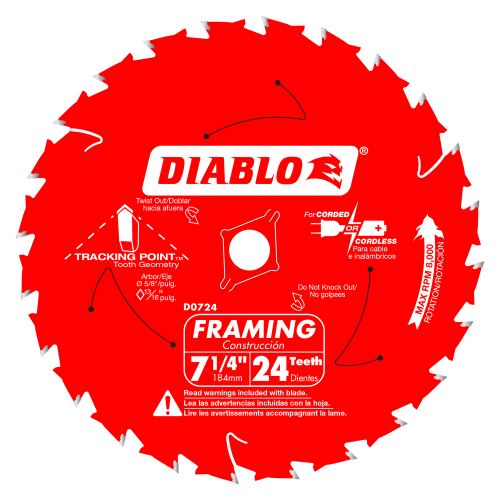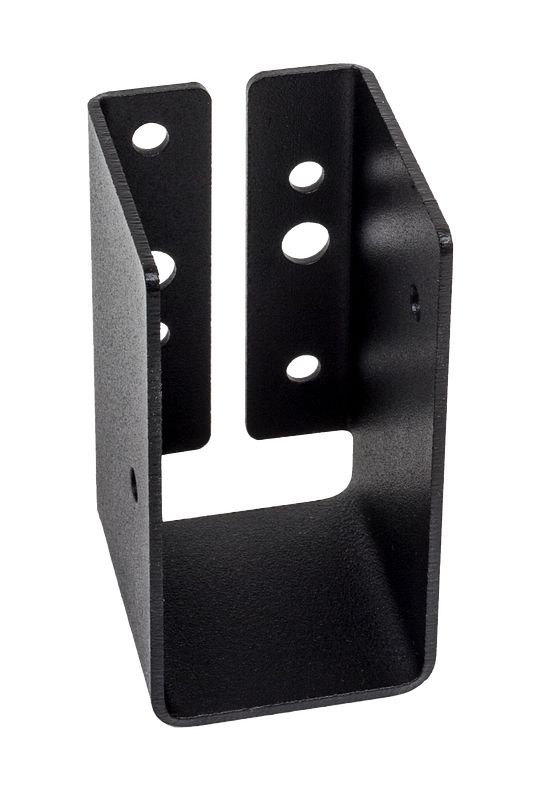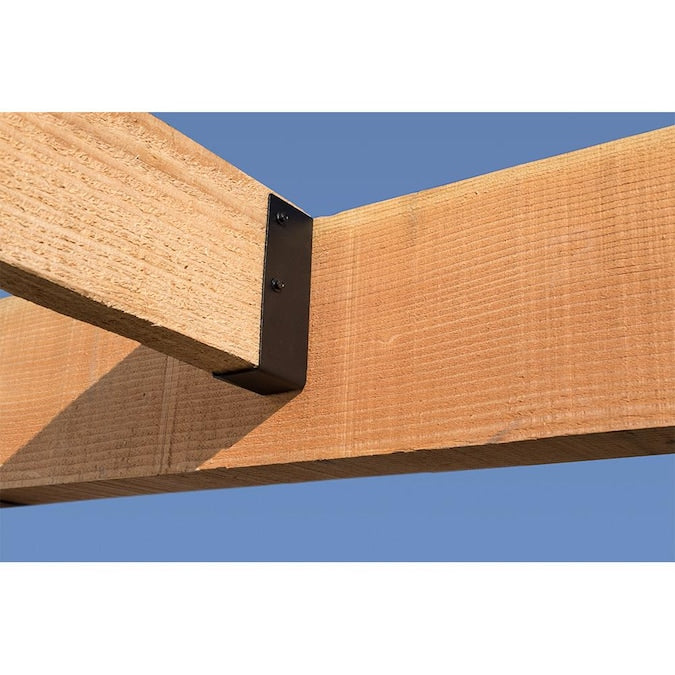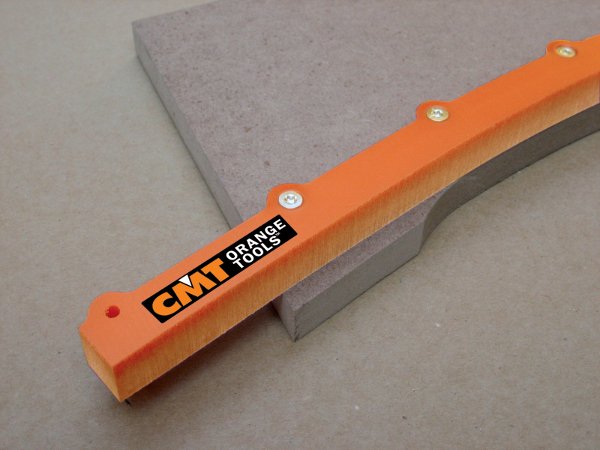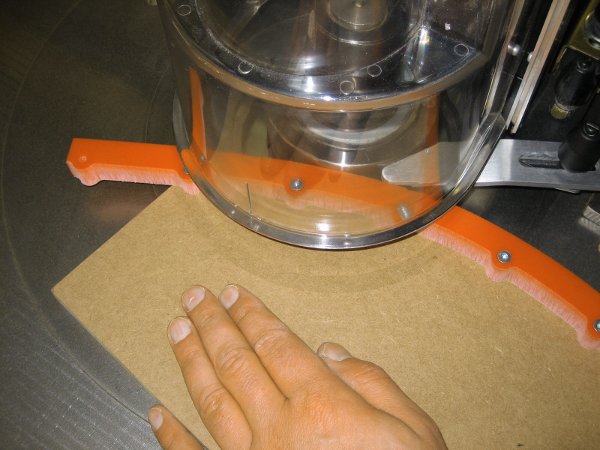The elegance and resilience of composite decking are undeniable. However, its beauty can be undermined by the incorrect choice of fasteners. While composite decking offers numerous advantages over traditional wood, it requires specialized composite deck fasteners to maintain its integrity and appearance. The fasteners play a crucial role in ensuring the decking remains secure, stable, and aesthetically pleasing over its lifetime.
The Importance of Specialized Fasteners for Composite Decking
Composite decking is composed of wood fibers and plastics. This unique combination delivers a product that is both visually appealing and durable. However, because of its composition, composite decking expands and contracts differently than pure wood. Using standard wood fasteners might not provide the necessary flexibility and grip. Specialized fasteners designed for composite decks can accommodate the material's specific movement, ensuring longevity and preserving aesthetics.
Hidden Fasteners vs. Face Fasteners
There are two primary categories of composite deck fasteners: hidden and face fasteners.
Hidden Fasteners provide a clean, seamless look to the decking as they are concealed between the deck boards or attached from below. This method eliminates visible screw heads, offering a uniform and refined appearance. Not only are they visually pleasing, but hidden fasteners also reduce potential hazards such as exposed nails or screws.
Face Fasteners, on the other hand, are screwed directly through the decking material, making them visible on the surface. While they might not offer the same level of refinement as hidden fasteners, they are often more accessible and quicker to install. Their visibility can be minimized by using color-matched screws that blend with the decking.
Considering Material and Design
Composite deck fasteners come in various materials, including stainless steel, coated steel, and hardened plastics. Stainless steel fasteners, for example, are resistant to rust and corrosion, making them ideal for areas with high moisture or saline environments.
The design of the fastener also plays a significant role. Some fasteners are designed to automatically space deck boards evenly, ensuring a consistent gap that facilitates drainage and minimizes debris accumulation. Others might focus on ease of installation, often being compatible with power tools for speedier assembly.
Clip Systems for Composite Decking
Clip systems are a popular choice for composite decking. These small, usually metal or plastic clips, are inserted between deck boards, securing them to the joists. One of their primary advantages is they allow for the natural expansion and contraction of the composite material. When investing in clip systems, it is beneficial to check their compatibility with your specific decking brand and model.
Screws with Reverse Threads
For those leaning towards face fastening, choosing screws with reverse threads can be a game-changer. As these screws are driven in, they pull the deck board closer to the joist, ensuring a tight fit. Their design also minimizes the mushrooming effect, where the material around the screw rises, creating an uneven surface.
Seek Expert Advice and Test First
Before finalizing your choice of composite deck fasteners, consulting with professionals or suppliers, such as those specializing in Simpson Strong Tie mechanical anchors and fasteners, can provide valuable insights. They can offer recommendations based on your specific decking material, climate considerations, and desired outcome.
Additionally, it is prudent to test the fastener on a small section of the deck or a scrap piece of your decking material. This trial can help ascertain the fastener's suitability and provide a visual reference of the final appearance.
The choice of composite deck fasteners is as vital as selecting the decking material itself. With the right fasteners, your deck can remain secure, stunning, and serve you faithfully for years to come. By understanding the various options available and assessing them against your project's needs, you can ensure your composite deck stands the test of time in both durability and beauty.


